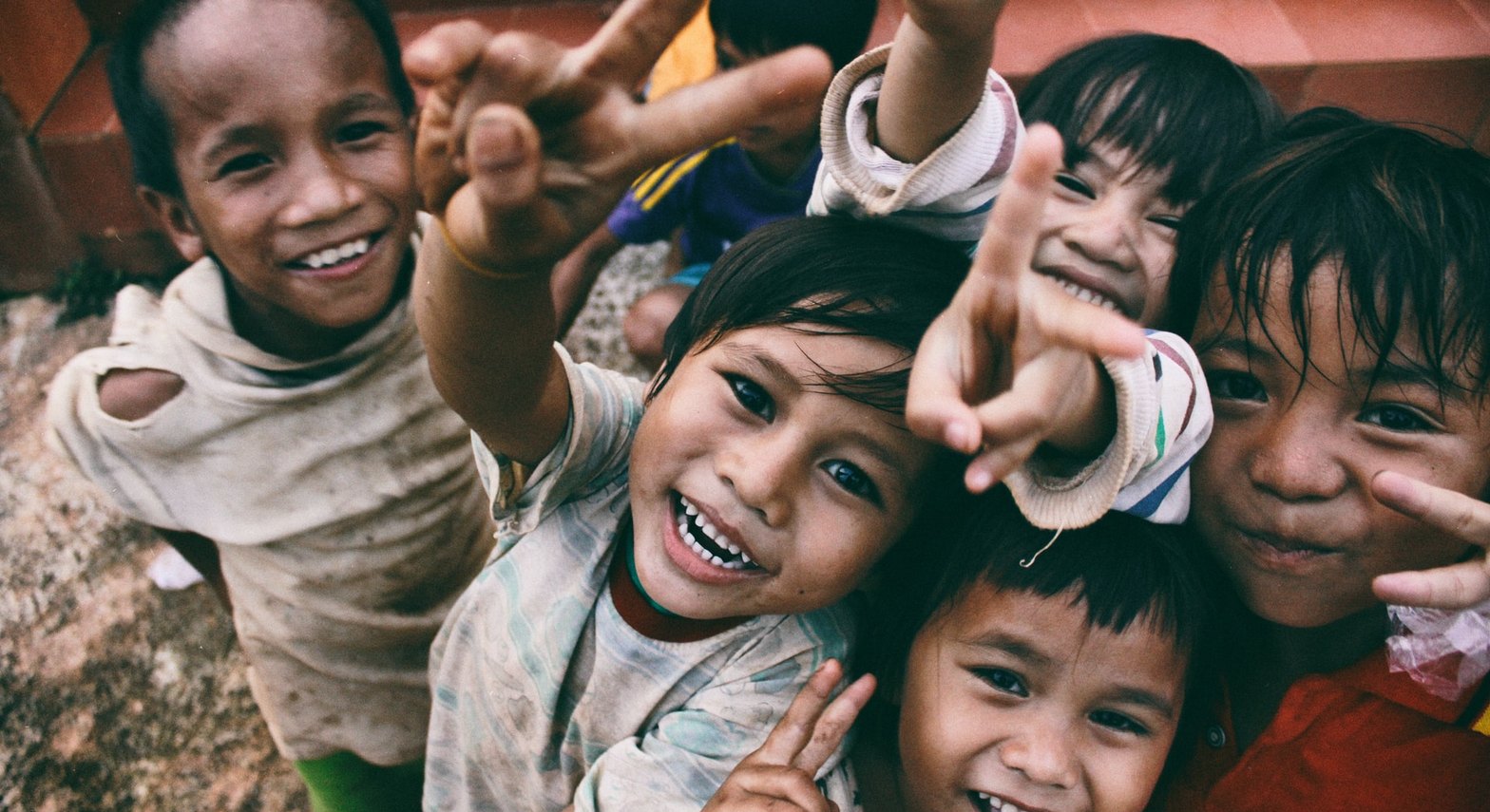Bill and Melinda Gates Foundation
The Foundation’s assets are more than $33 billion. Microsoft owner Bill Gates founded the organization together with his close people – his wife and father (later the list of founders expanded). Though the foundation was set up relatively recently – in 1994 – the organization almost immediately left behind the oldest philanthropic foundations of the world as far as the amount of money invested in philanthropy is concerned.
The Foundation was created mainly for the purpose of helping the poor, financing the search for new methods to fight severe diseases, and supporting programs in the field of health care and education. Every year the Foundation spends almost $2 billion on charity.
Microsoft founder Bill Gates and his wife Melinda have published an open letter celebrating the 20th anniversary of their charitable foundation. In 2000, when the foundation was founded, the world was in many ways a different place from the one we live in today, they remind us: it was before the September 11, 2001 terrorist attacks, before the 2008 financial crisis and before the advent of social media. But even today, their foundation’s work is based on the idea that “everyone deserves a chance to live a healthy and productive life,” the letter says.
For that idea, the Bill & Melinda Gates Foundation has committed $53.8 billion over 20 years, the largest share of which – 45 percent – went to global development goals, 29 percent to health care, 16 percent to education programs within the United States and another 10 percent to other charitable causes.
But the foundation’s earliest investments in philanthropy were aimed at “correcting global health injustices. The foundation highlights its work with the World Health Organization, the World Bank, and UNICEF to create the Global Alliance for Vaccines and Immunization (GAVI). As a result, more than 760 million children worldwide were vaccinated by 2019, preventing 13 million deaths.
The foundation also helps fight the spread of the HIV virus. Thanks to its help in 2018, nearly 19 million people received life-saving care in countries where the foundation works.
Much more difficult is the case for education development in the U.S. “In global health, there’s a lot of evidence that the world is on the right track – for example, the dramatic drop in infant mortality. But when it comes to education in the U.S., we’re not yet seeing the results we expected,” notes Melinda Gates.
Nonetheless, 20 years of activity has only strengthened the Gateses’ resolve to work in health and education. But they have also realized the importance of two other challenges. “For Bill, it’s addressing climate change. For me, it’s gender equality,” Melinda Gates said of the foundation’s goals for the next 20 years.
To achieve the first goal, the foundation plans to develop technologies to reduce carbon emissions, provide poor countries with access to cheap and environmentally friendly energy sources and help vulnerable groups, such as farmers, to adapt to climate change.
To achieve gender equality, Melinda Gates says, it is necessary to increase the number of women in leadership positions in government, finance and health. It is also important to overcome the barriers that women from all walks of life face today: unpaid work and violence.
Bill and Melinda Gates see their role as philanthropists not only as taking risks and supporting innovation, but also as working with partners to overcome massive challenges in their implementation. “We believe that progress should benefit everyone, everywhere. That’s why we’ve been engaged in this activity for the past two decades. And that’s why we hope to continue it for many decades to come,” they stressed.








